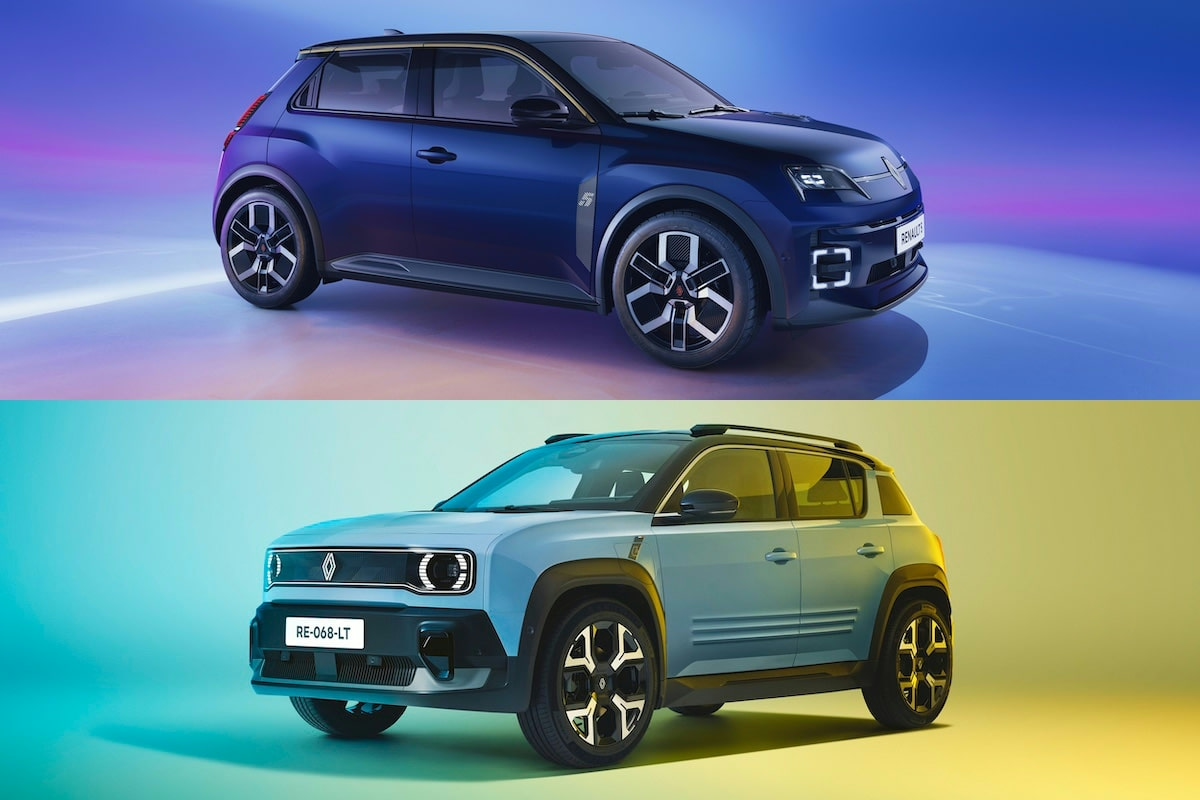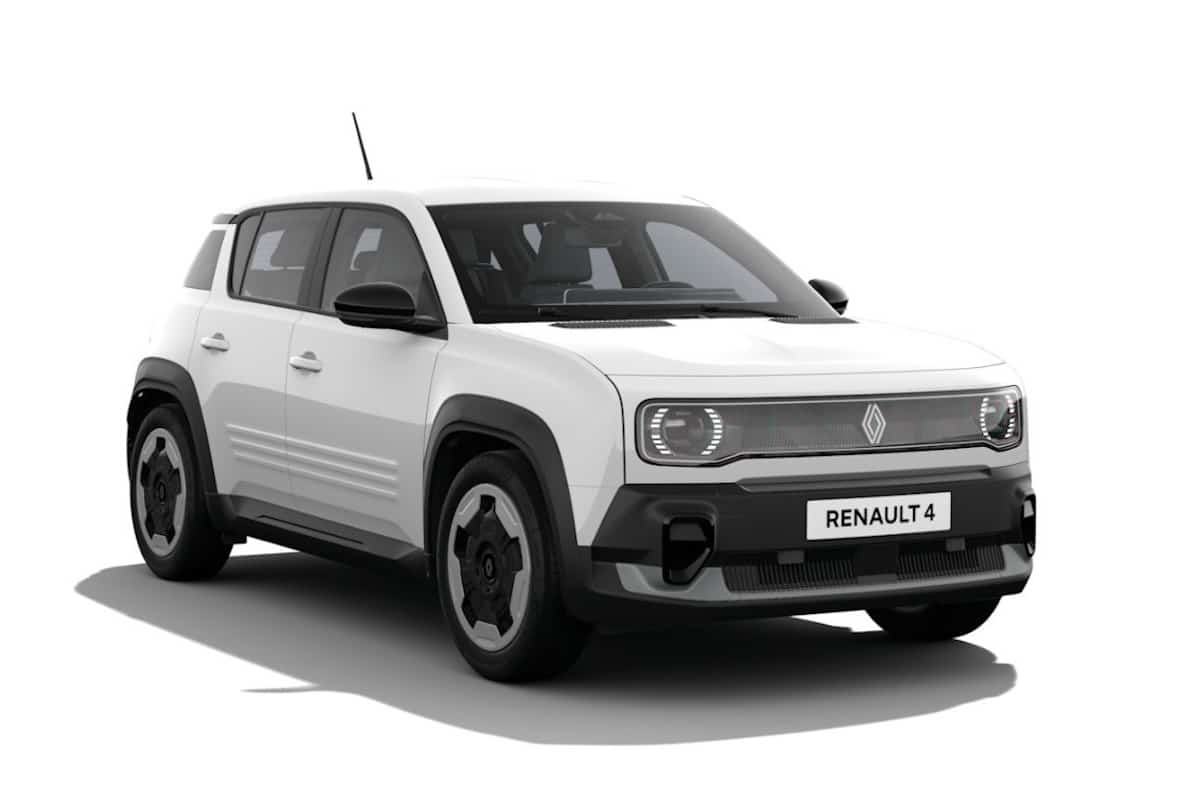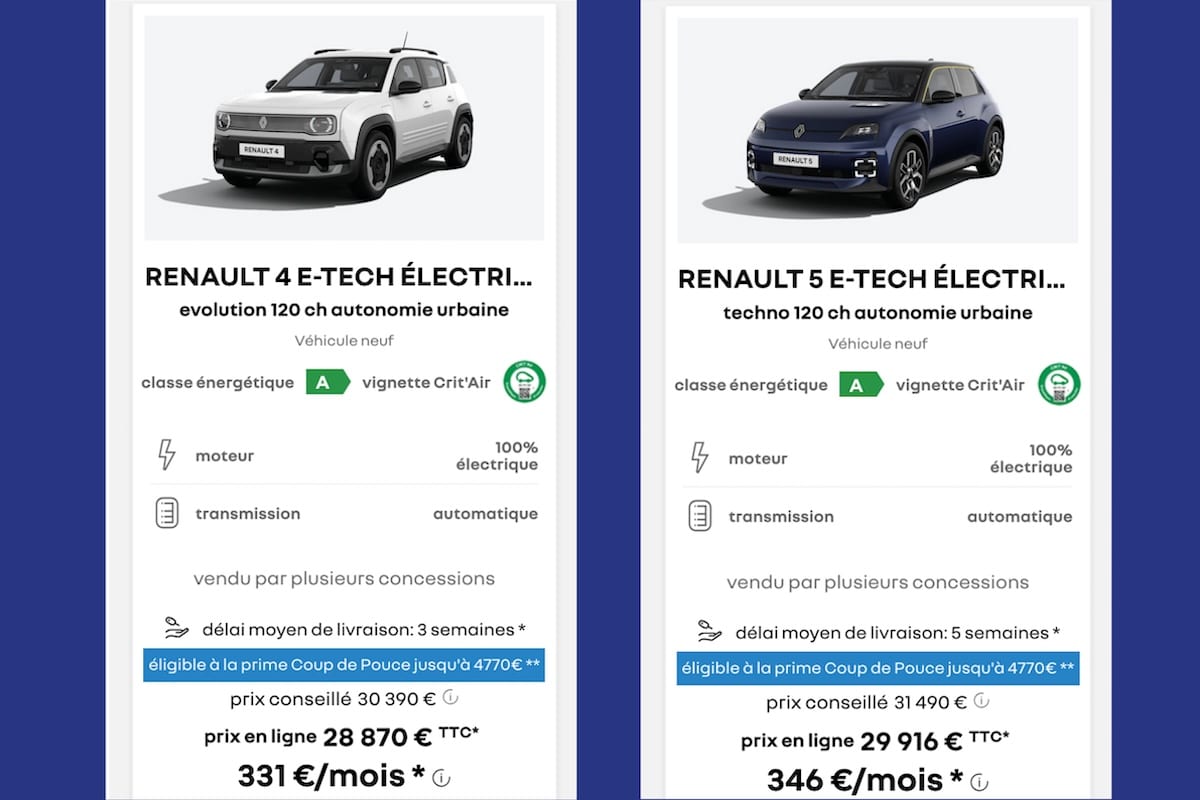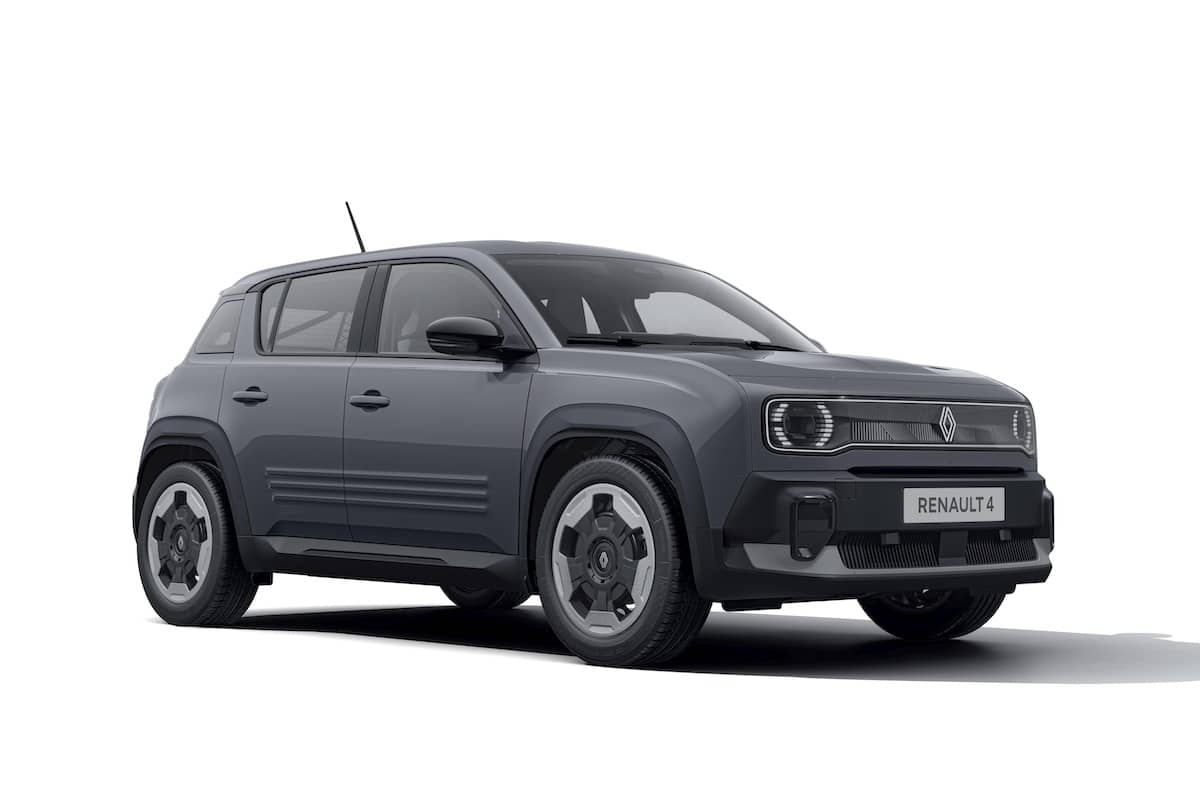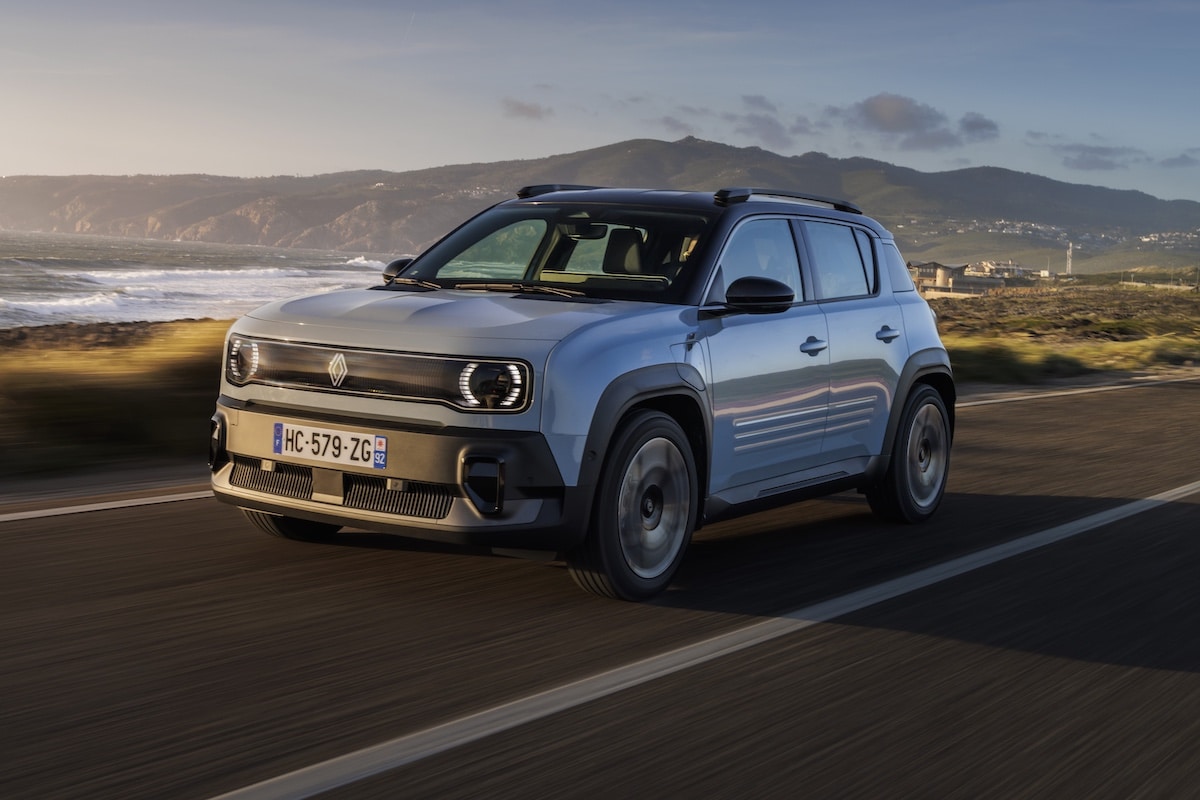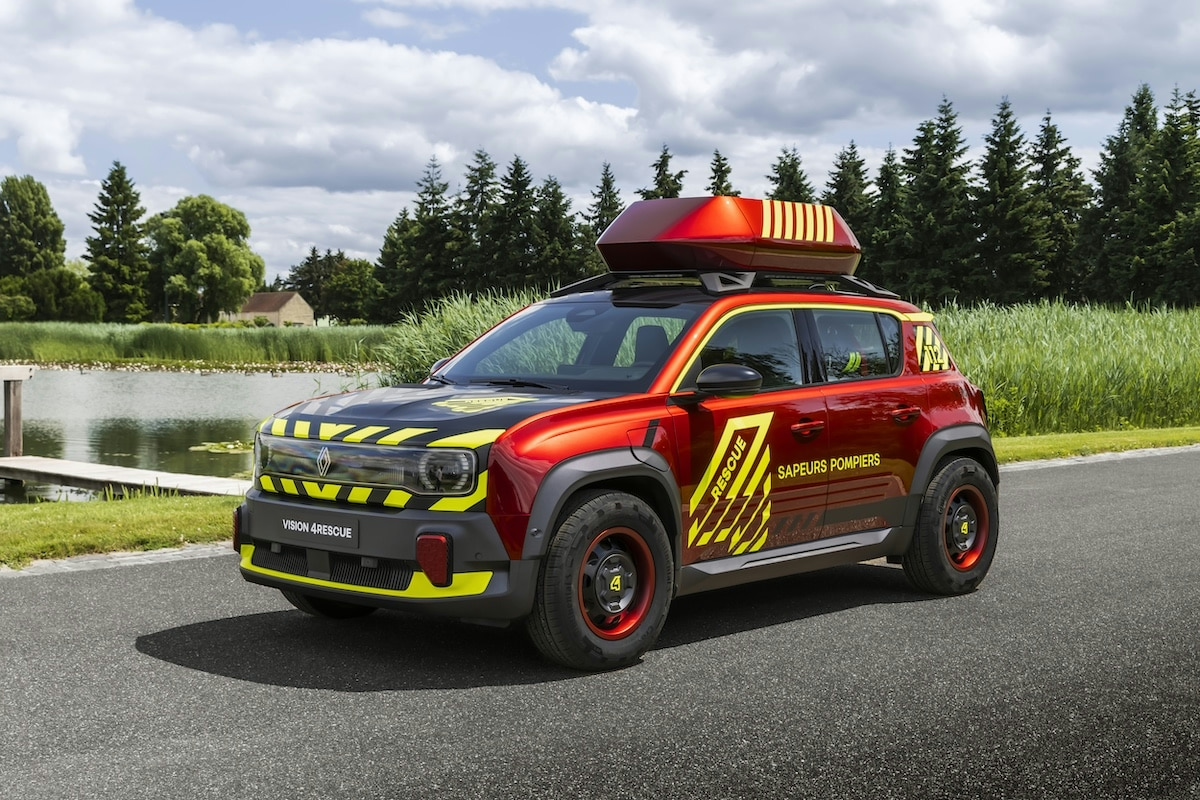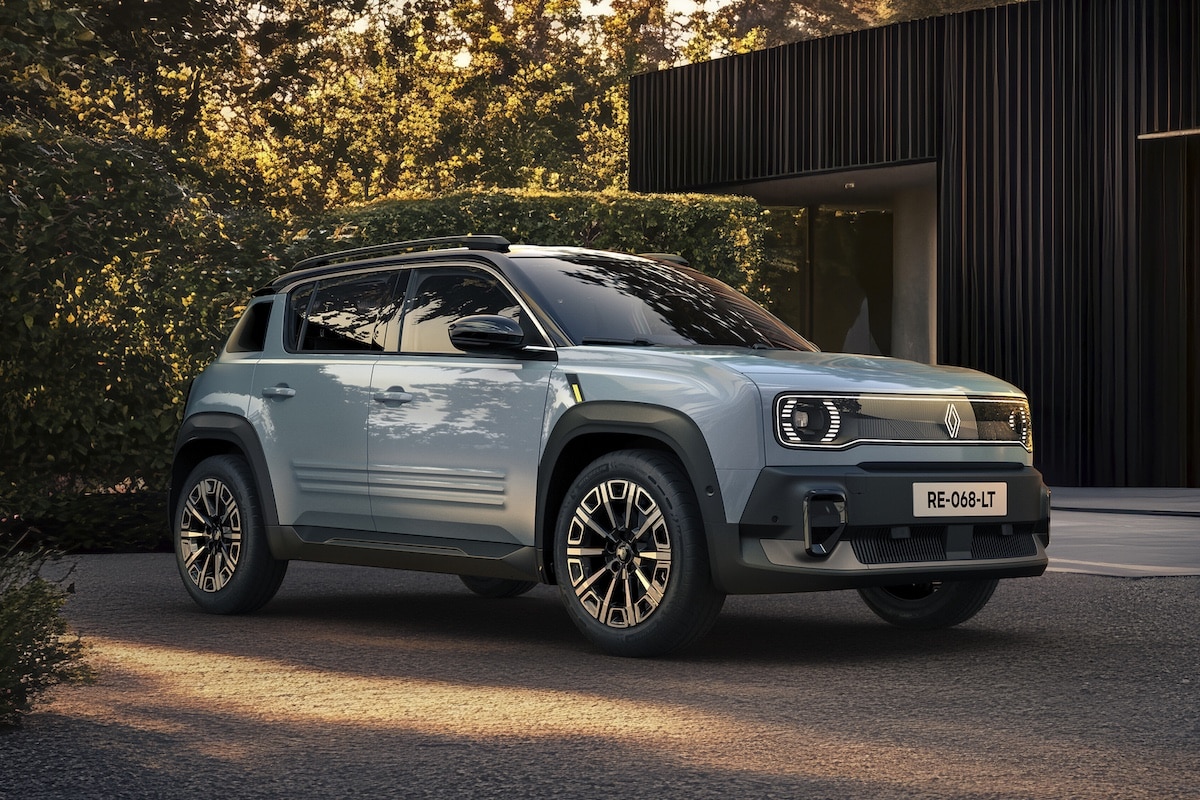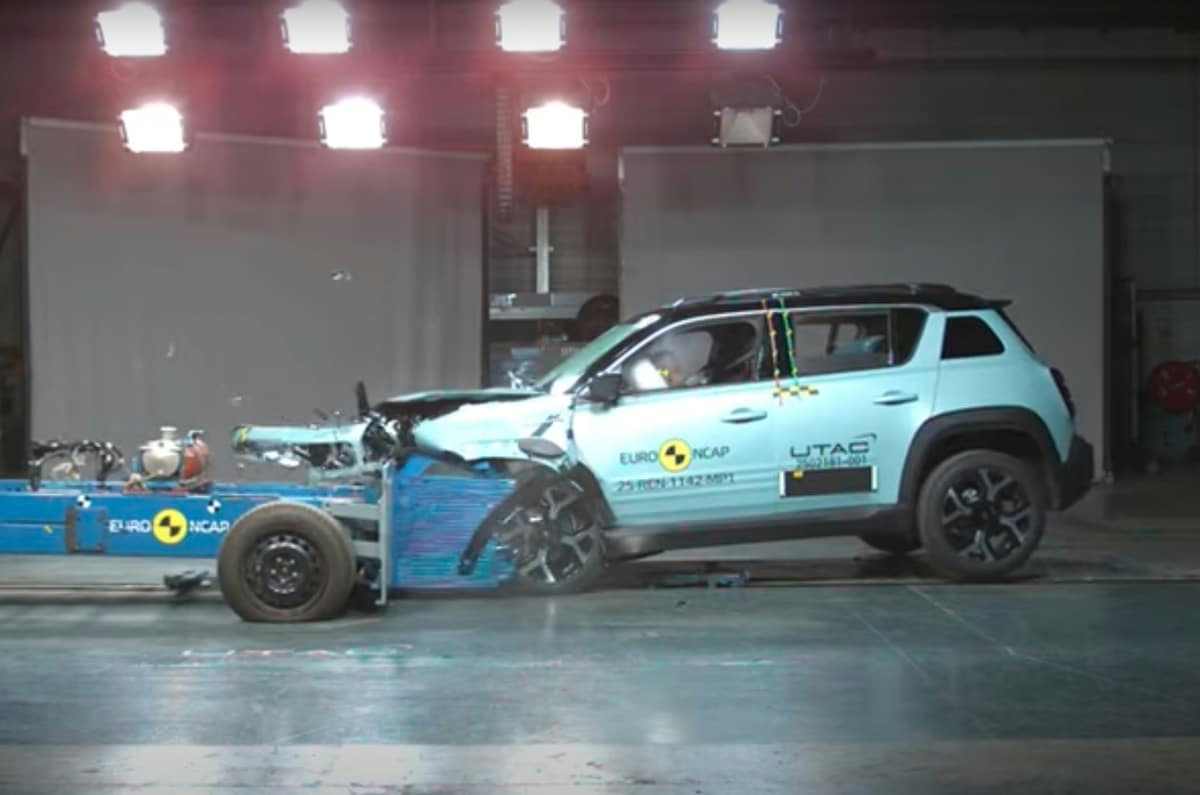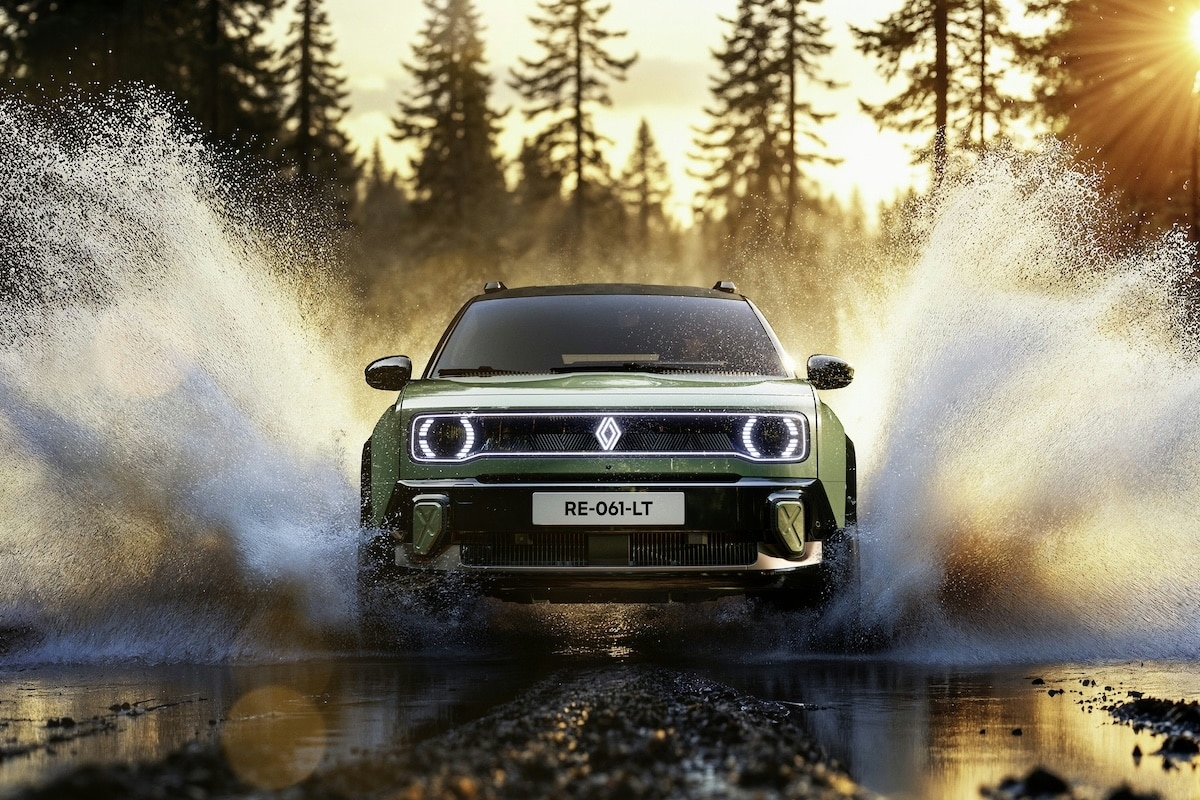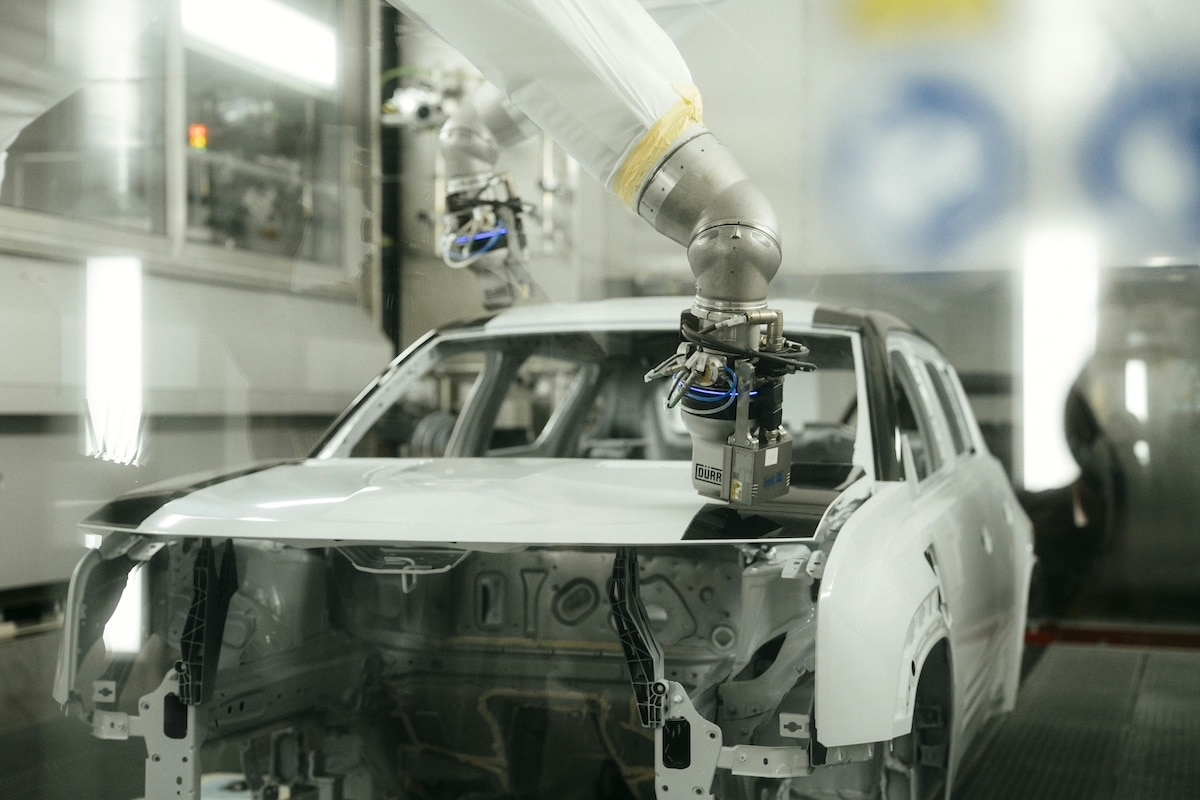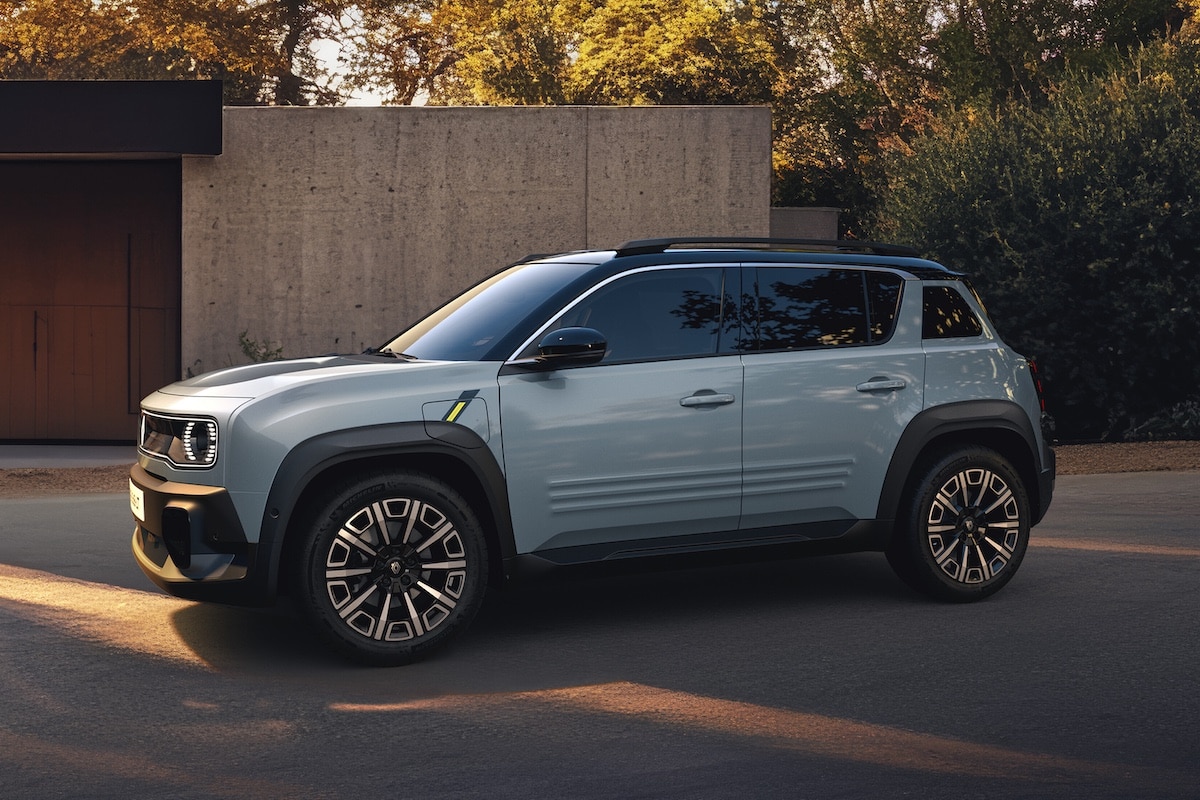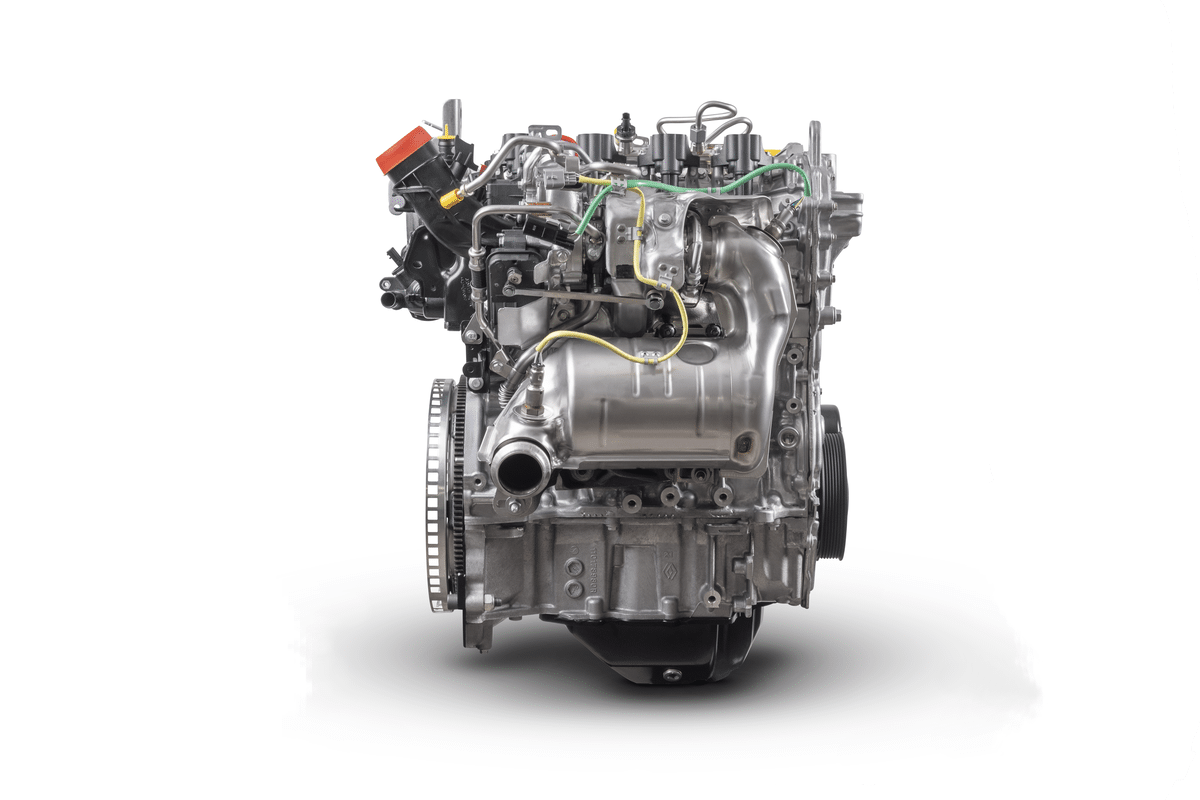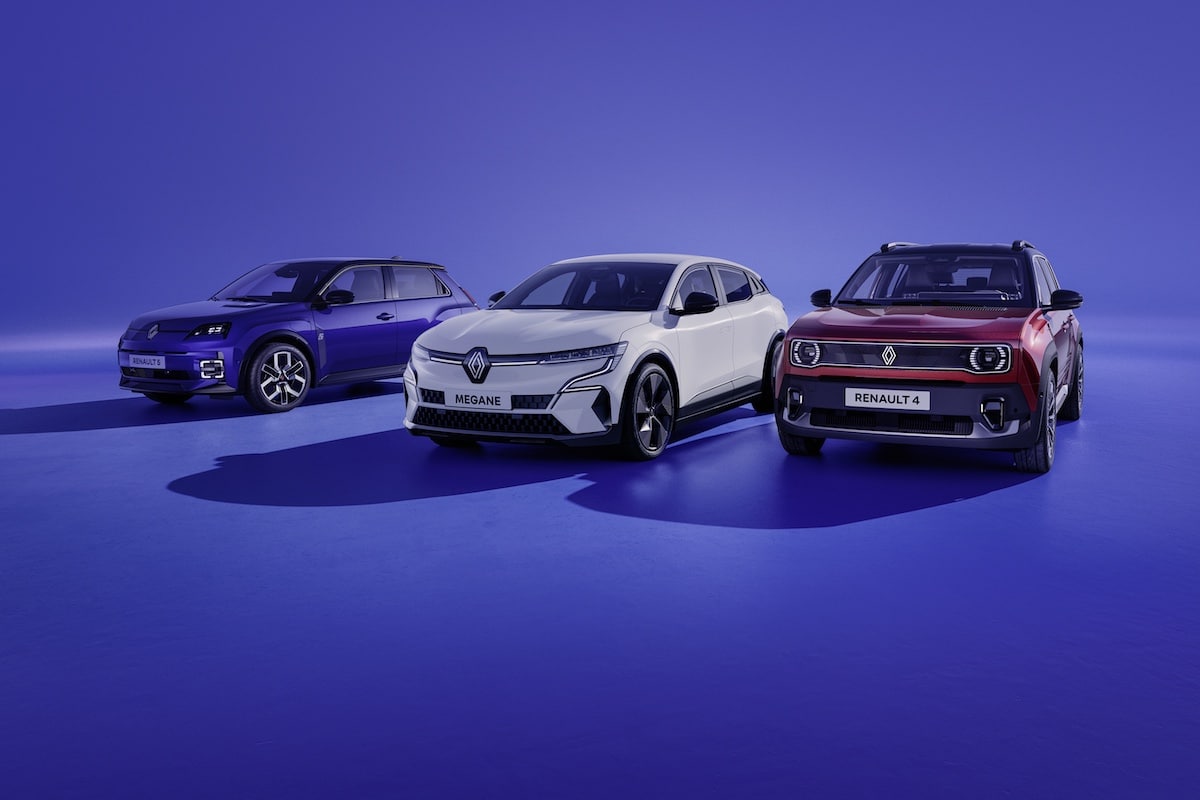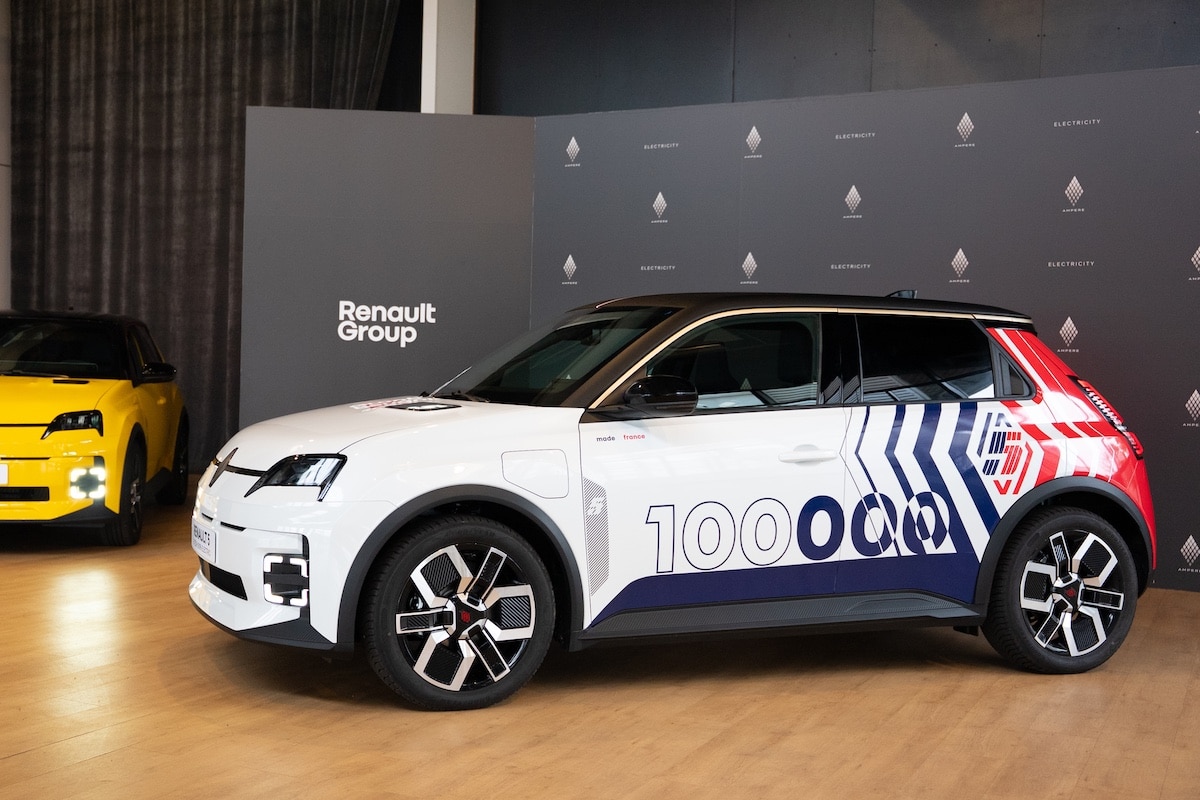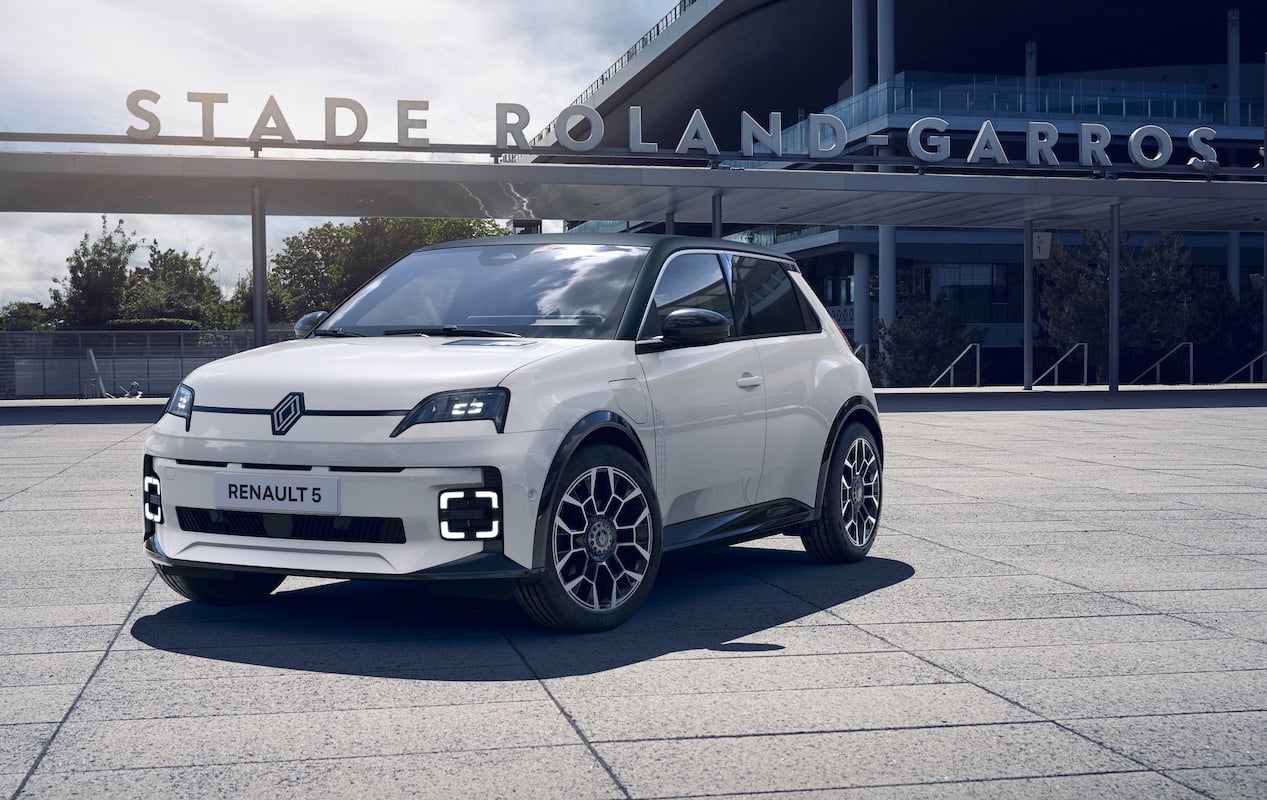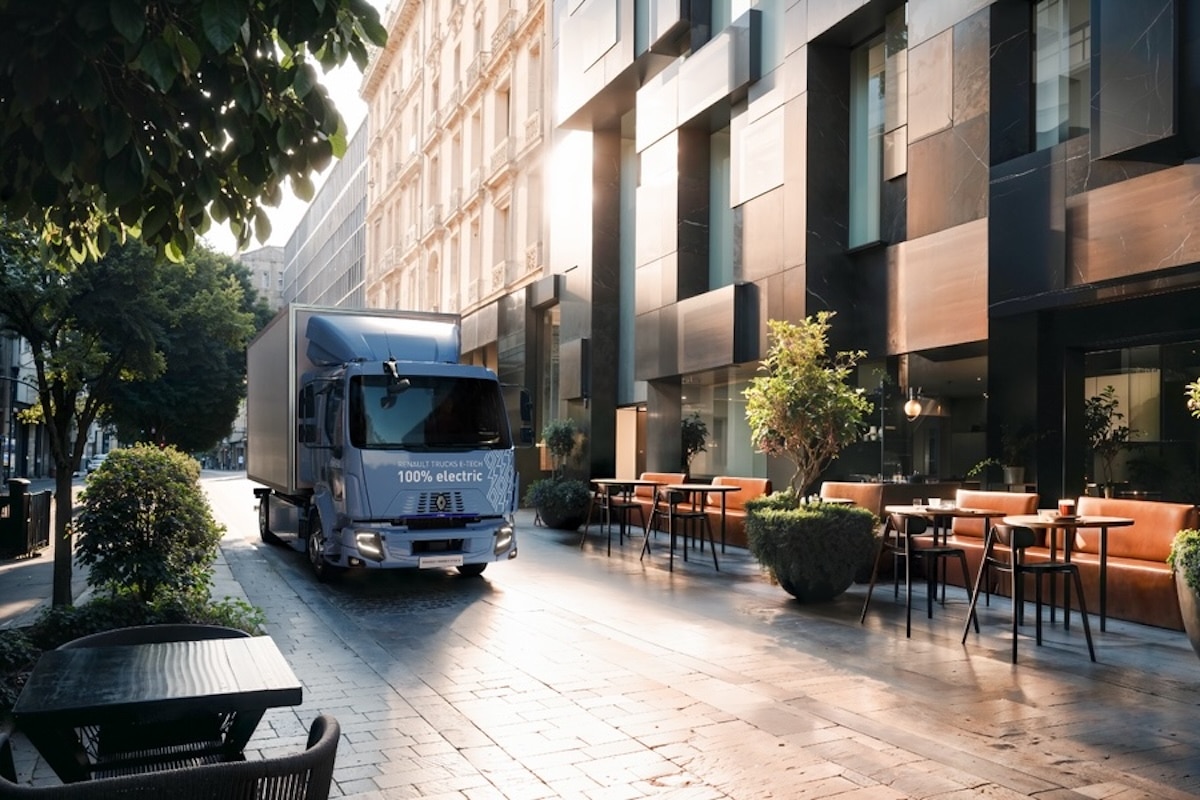Renault 4
The Renault 4, commonly called the 4L (pronounced “Quatrelle” in French), is one of Renault’s most iconic cars and a milestone in French automotive history. Here’s an overview of the Renault 4L’s history:
1. Introduction (1961):
– The Renault 4 was launched in 1961 in response to the success of the Citroën 2CV. It was designed as a simple, durable, versatile, and affordable car, aimed at both city dwellers and rural residents.
– It introduced several innovations for Renault, including front-wheel drive and independent suspension.
2. Features:
– The 4L was famous for its distinctive shape, large rear door, and spacious, modular interior. It had a tailgate, which was a novelty at the time and contributed to its popularity.
– Its mechanical simplicity and robustness made it particularly suitable for rough and poorly maintained roads.
3. Evolution:
– Throughout its production, the 4L underwent various evolutions and variants: more luxurious versions, utilitarian models (such as the Van), and even specialized versions adapted for particular regions, like the “Renault 4 Sinpar” with all-wheel drive.
– Despite these changes, the 4L remained true to its original concept: a simple and versatile car.
4. Success and Production:
– The 4L was a tremendous commercial success for Renault. Over 8 million units were produced, making it one of the best-selling French cars of all time.
– It was manufactured in many countries, including outside Europe, and sold worldwide.
5. End of Production and Legacy:
– Renault ceased production of the 4L in France in 1994, but it continued in some countries, such as Morocco, until 1996.
– The 4L left a lasting legacy as a popular, versatile, and beloved vehicle. It remains in use today in many countries and is popular among collectors.
In summary, the Renault 4L is an icon of French automotive history, symbolizing simplicity, robustness, and versatility. It is often associated with a period of socio-economic transformation in France when mobility became accessible to more people.
